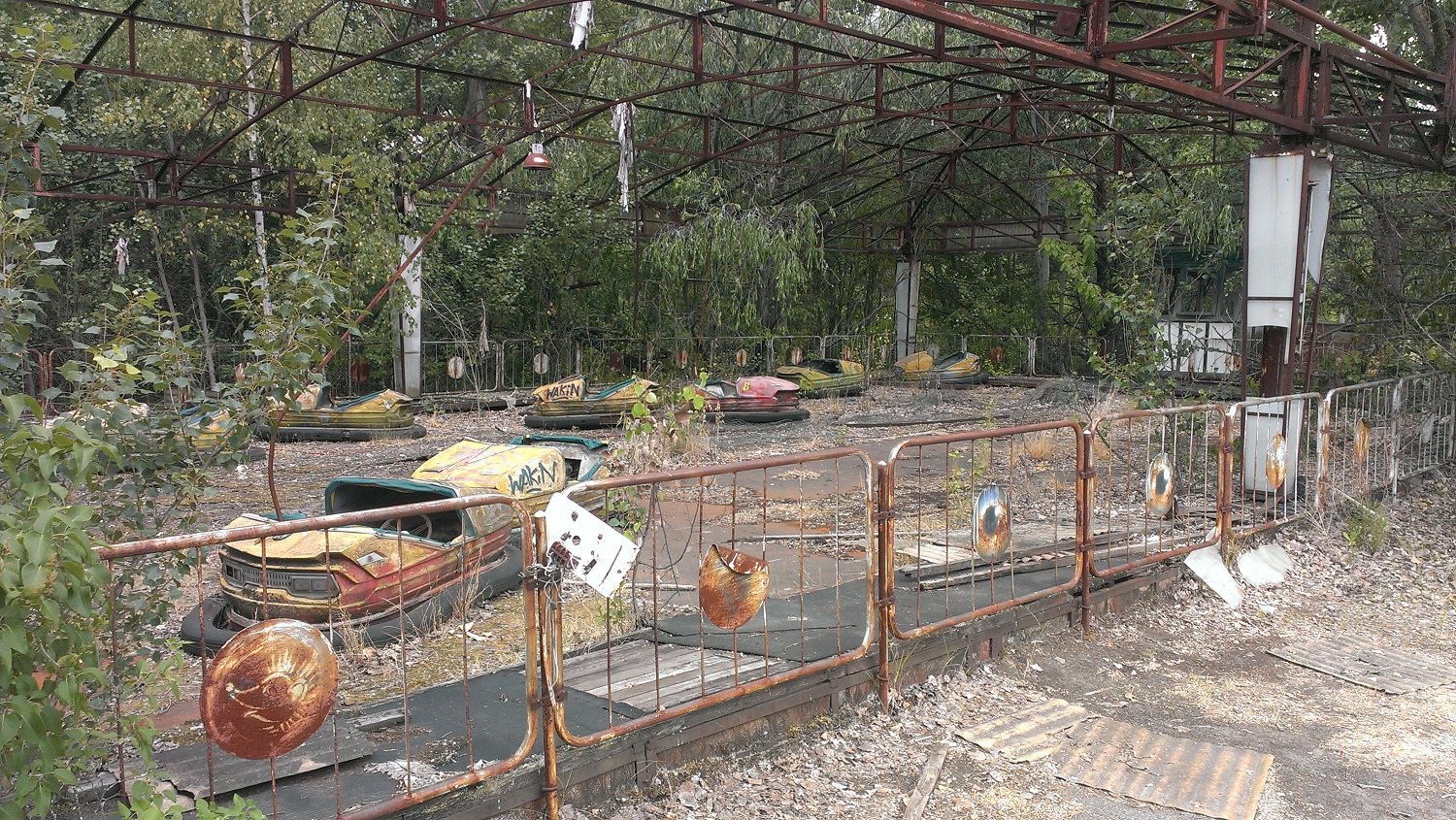For this generation at least, most of what we know about the cold war and the arms race is the tension and imminent threat that surrounded the world huddled around two seemingly trigger happy super powers. Little do we know about what was considered as the USSR’s first step toward setting an example for the world by developing its nuclear energy project in Chernobyl, Ukraine – a project meant to be the shining light in the world of energy that became one of the greatest tragedies in history.
Envisioned to be the pallbearer of Ukraine’s advancement, the city of Pripyat just off of Chernobyl (and, Chernobyl itself) were to be at the forefront of an exponentially progressive nation with some of the brightest and forward thinking minds to work and live collectively. It just so happens that fate had a far uglier surprise for the city.
This is the story of one of the greatest tragedies in history.
Chernobyl housed the Soviet Union’s first nuclear reactor.
The flagship of the USSR’s peaceful atomic energy project, the Chernobyl Nuclear Reactor was quickly gearing to be one of the most developed and advanced part of Ukraine, back in 1986. The isolated city in Ivankiv Raion of northern Kiev Oblast, near the border with Belarus, was to be a symbol of the USSR’s first step into a positive direction in the midst of all the tension that the arms race had tied in.
Just a few kilometres from the plant was the town of Pripyat.
Developed into a city to house the scientists and experts working at the reactor, Pripyat was one of the highest priorities in terms of development of the town’s infrastructure. The town was meant to serve as a model of the USSR’s progressive outlook on nuclear power.
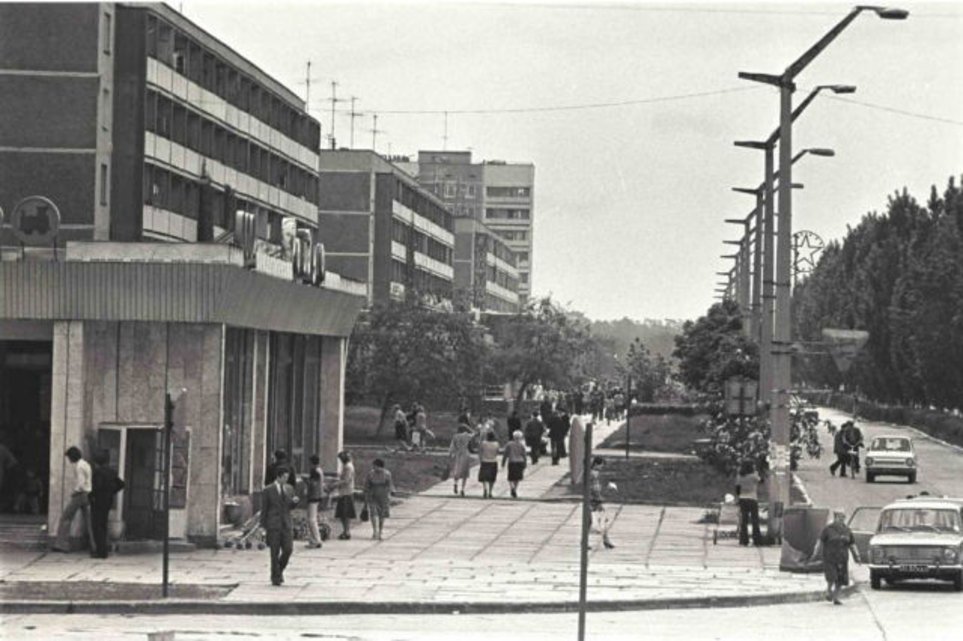
While all looked well, on April 26, 1986, it was a human error that would change the course of history.
An experiment at reactor No 4 went awry, resulting in a meltdown due to overheating of the reactor and its subsequent explosion. The explosion killed two workers instantly and ejected a pool of highly radioactive nuclear fuel in its wake. This left the site of the reactor and pockets littered throughout the city highly radioactive. A ghost town you could say.
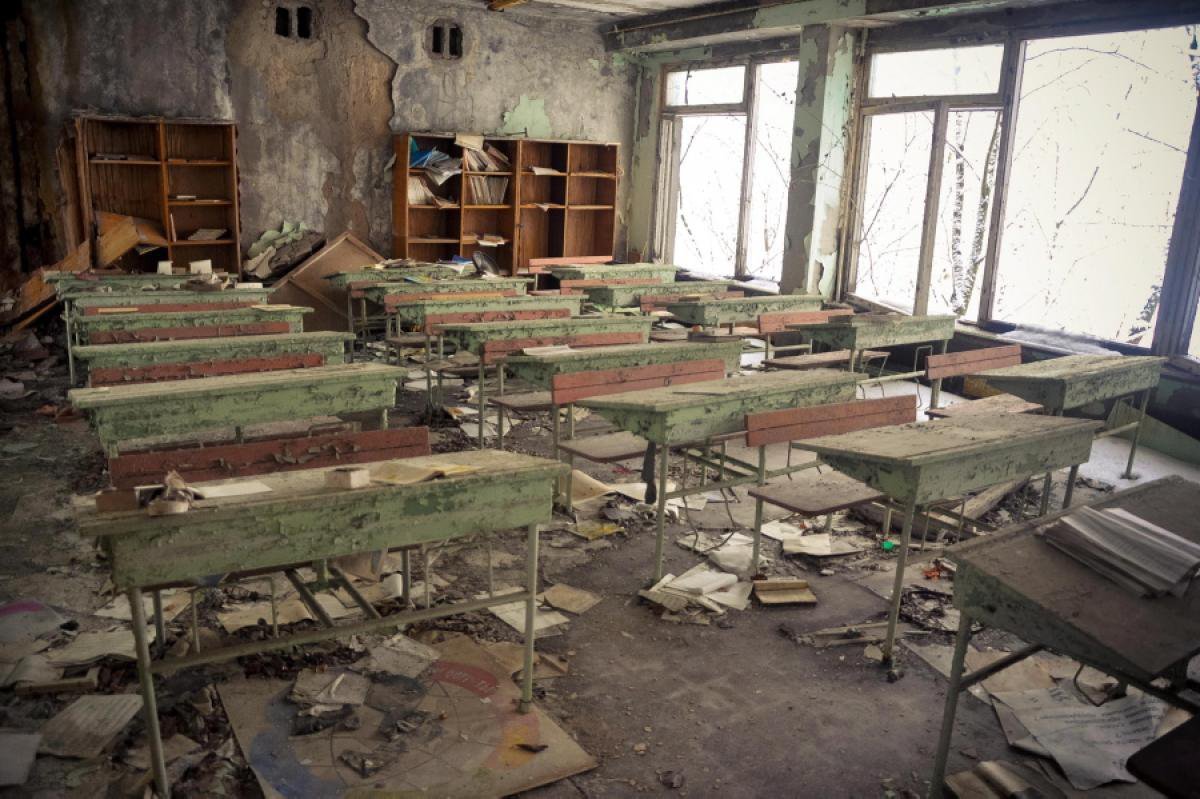
Within 3 hours, nearly 50,000 people Pripyat were evacuated from the city.
It took the authorities a whole day to comprehend the scale of the disaster, knowing all too little on how devastating it would be for the future. With the evacuation in place, thousands of families fled the city with no idea when they could return, if they could return. Ukraine’s most forward city was now its most toxic.
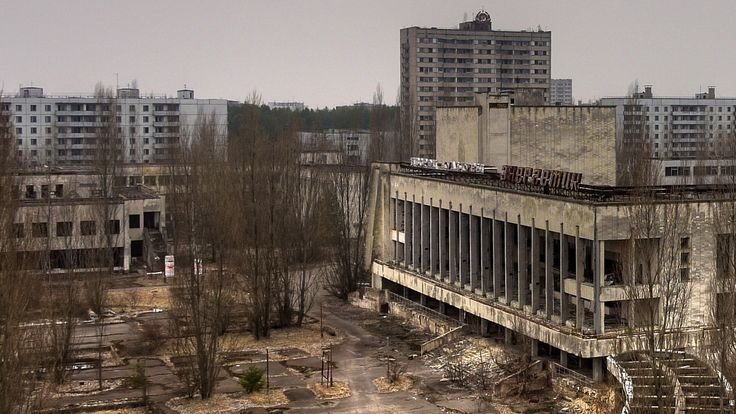
For seven months after, constant effort was poured in to decontaminate the zone.
While reactor 4 was completely destroyed, reactors 1, 2 and 3 were still operational and restarted later the same year. These reactors remained functional till December, 2000, although visits to the site are highly restricted and extremely dangerous.
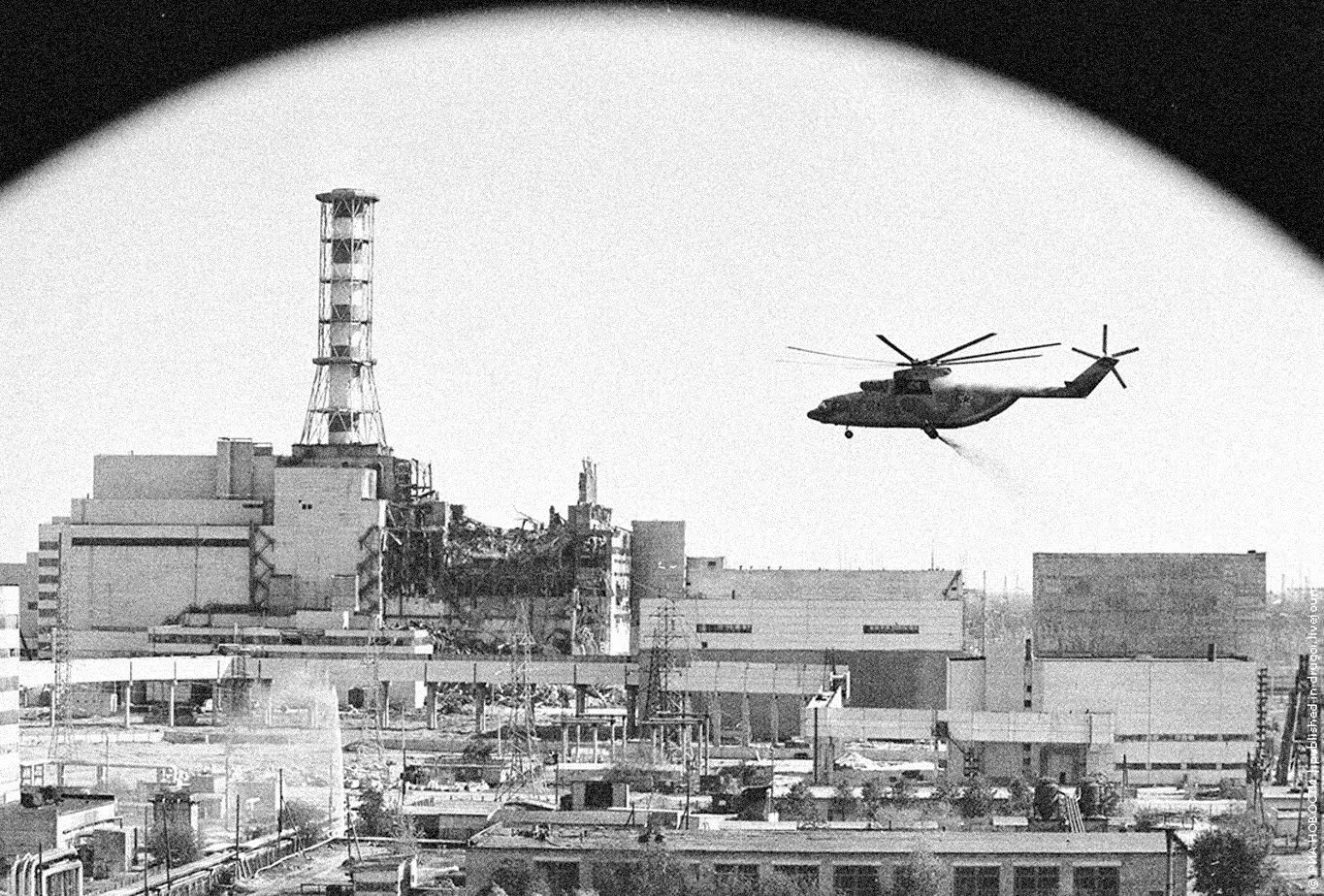
Although radiation has reduced enough for short visits to be possible, the town is now uninhabitable for nearly 22,000 years.
The nuclear contamination is so deadly that the radioactive pockets of the city will remain so for nearly two millennia, reducing the prospect of restructuring the city to nothing. Even so, a handful of people from the Pripyat villages have returned home despite the threat of death and infection.
